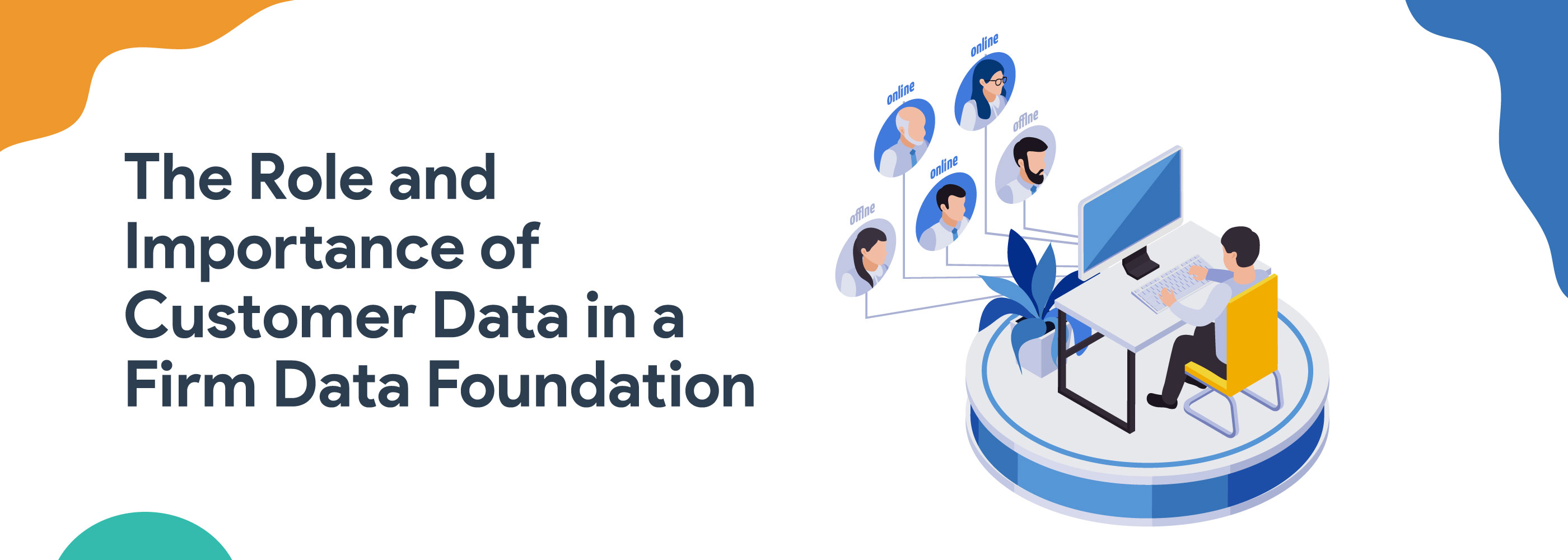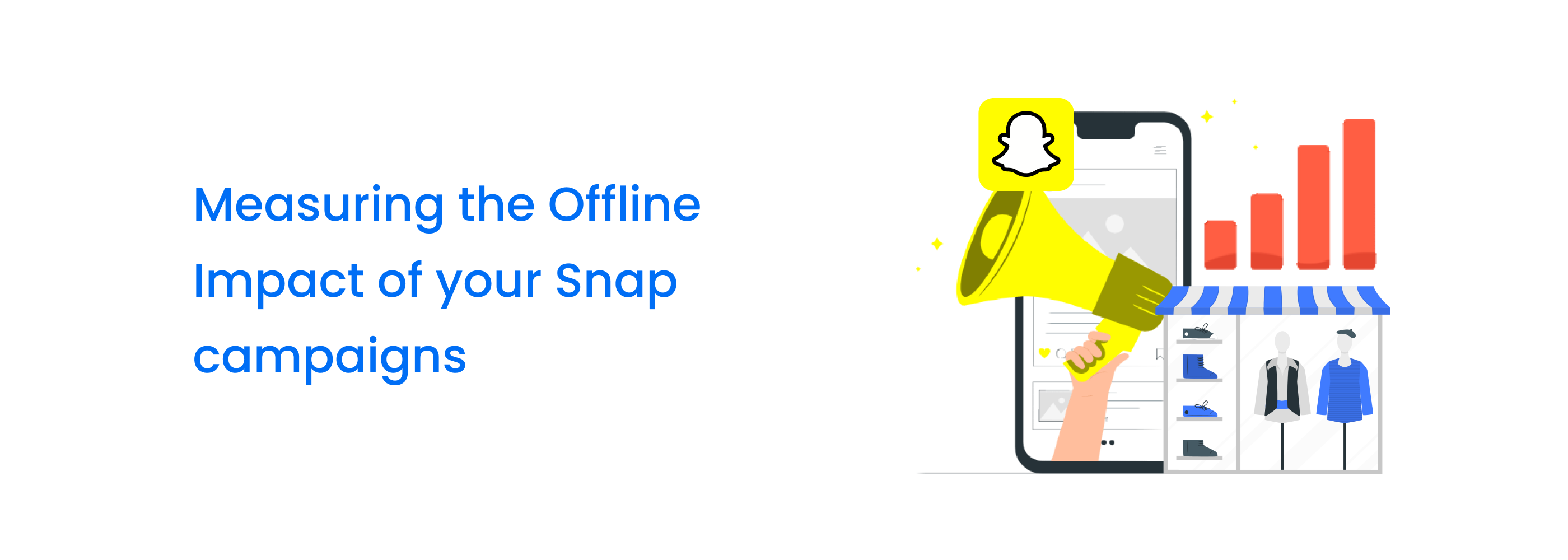The Role and Importance of Customer Data in a Firm Data Foundation
A solid data foundation built on first-party data includes a variety of customer data types. Having access to this kind of data gives marketers a true sense of the customers with whom they can build personalized experiences, improve operations, increase customer retention, reduce costs, and increase revenue.

Brands require a solution based on consented first-party data collection with the flexibility and agility to incorporate multiple identity solutions to power use cases along the customer journey.
What is Customer Identity Data?

Customer identity data is the most specific possible data that helps identify individuals. Companies use identity data to recognize the same person across devices and channels. Examples of identity data include customer include user IDs, email addresses, device identifiers, first and last names, phone numbers, email addresses, social handles, and more.
As your customers interact with your business across multiple online and offline touchpoints, identity data is used in authentication and verification processes to confirm that a customer is who they claim to be. For example, companies rely on these unique identifiers when users are accessing online accounts, interacting with mobile apps or browsers, in-store purchases, and online engagement when a customer is not signed in but still needs to be traced back to the customer.
What is Identity Data’s Role in the Customer Data Foundation
Identity data plays a crucial role in any customer data foundation because it allows businesses to establish a unified and accurate view of their customers across various channels and touchpoints. Identifying individual customers and connecting their interactions and behaviors across multiple devices and platforms will create a more complete and personalized view of each customer.
How Can Your Company Use Identity Data?
There are a variety of ways to use this type of data, depending on the nature of your business and the purposes for which the data is collected. Here are some common examples:
Customer identification and verification: Collect and use identity data to verify the identity of your customers when creating an account, making a purchase, or accessing a service. This helps prevent fraud, protect your company’s interests, and ensure compliance with regulatory requirements.
Personalization and marketing: Personalize marketing messages and product offerings to meet the needs better and preferences of your customers. For example, a retailer can use a customer’s Loyalty ID to offer accurate rewards and special offers.
Creating Accurate Audiences: Identity data can be used to ensure the right individuals are being added to audiences. For example, there are many John Smiths in the world, all with vastly different interests and backgrounds. Only certain John Smiths are appropriate for an audience targeting horse lovers, so using personal identifiers, paired with other data types, can make sure the right John Smith is being targeted in a campaign about horses.
Compliance and reporting: Identity data can be used to comply with legal and regulatory data protection requirements. This may involve collecting and reporting certain types of information about its customers to government agencies or other authorities.














